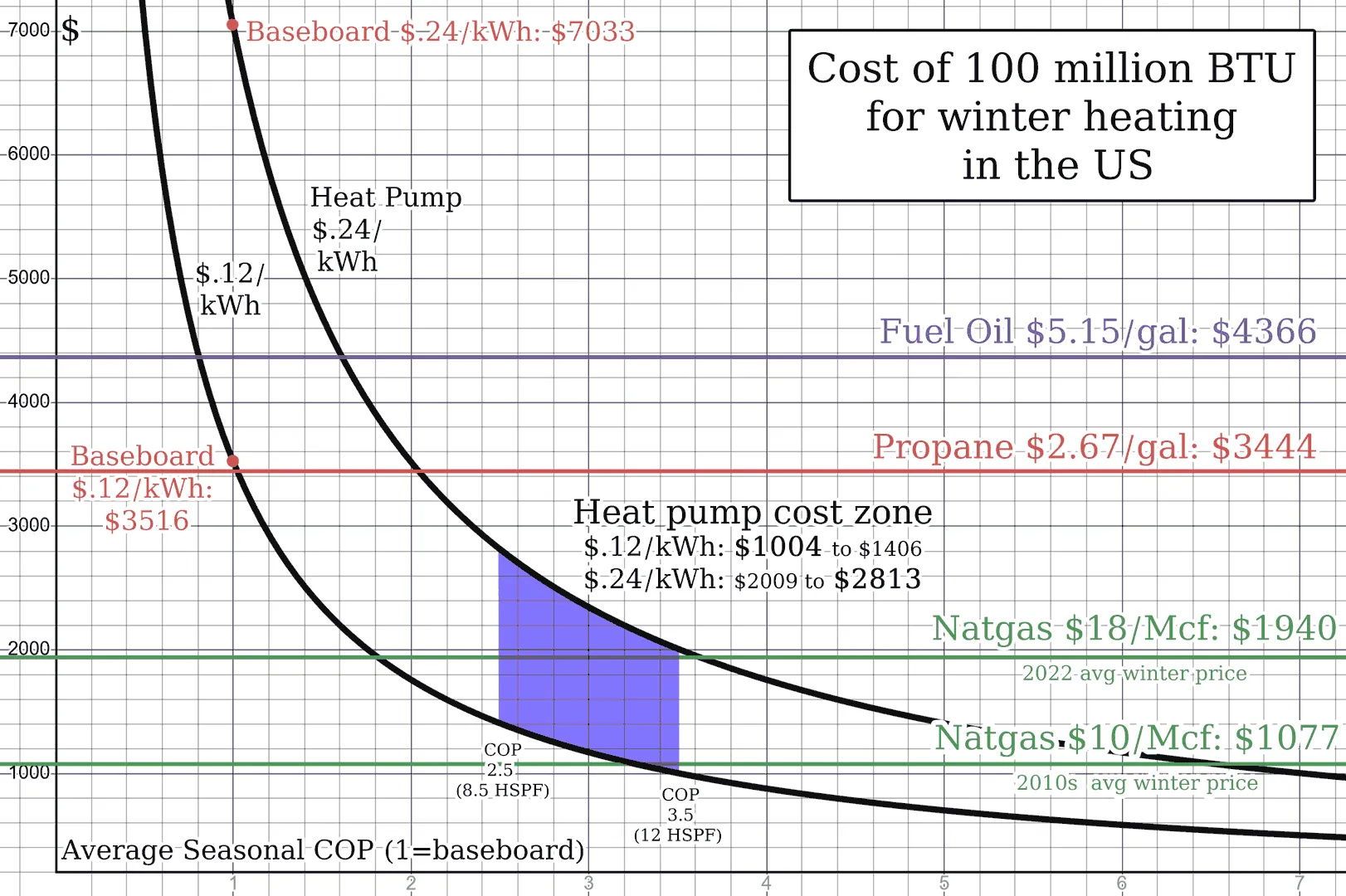 Bernd Fighting algorithmic racism like John Henry
1yr ago
(image post)
Edited 1yr ago
4906 thread views
Bernd Fighting algorithmic racism like John Henry
1yr ago
(image post)
Edited 1yr ago
4906 thread views
Mini Split Heat Pumps: Not Significantly More Than You Reasonably Need To Know
- 37
- 28
What is this place?
This website is a place for people who want to move past shady thinking and test their ideas in a
court of people who don't all share the same biases. Our goal is to
optimize for light, not heat; this is a group effort, and all commentators are asked to do their part.
The weekly Culture War threads host the most
controversial topics and are the most visible aspect of The Motte. However, many other topics are
appropriate here. We encourage people to post anything related to science, politics, or philosophy;
if in doubt, post!
Check out The Vault for an archive of old quality posts.
You are encouraged to crosspost these elsewhere.
Why are you called The Motte?
A motte is a stone keep on a raised earthwork common in early medieval fortifications. More pertinently,
it's an element in a rhetorical move called a "Motte-and-Bailey",
originally identified by
philosopher Nicholas Shackel. It describes the tendency in discourse for people to move from a controversial
but high value claim to a defensible but less exciting one upon any resistance to the former. He likens
this to the medieval fortification, where a desirable land (the bailey) is abandoned when in danger for
the more easily defended motte. In Shackel's words, "The Motte represents the defensible but undesired
propositions to which one retreats when hard pressed."
On The Motte, always attempt to remain inside your defensible territory, even if you are not being pressed.
New post guidelines
If you're posting something that isn't related to the culture war, we encourage you to post a thread for it.
A submission statement is highly appreciated, but isn't necessary for text posts or links to largely-text posts
such as blogs or news articles; if we're unsure of the value of your post, we might remove it until you add a
submission statement. A submission statement is required for non-text sources (videos, podcasts, images).
Culture war posts go in the culture war thread; all links must either include a submission statement or
significant commentary. Bare links without those will be removed.
If in doubt, please post it!
Rules
- Courtesy
- Content
- Engagement
- When disagreeing with someone, state your objections explicitly.
- Proactively provide evidence in proportion to how partisan and inflammatory your claim might be.
- Accept temporary bans as a time-out, and don't attempt to rejoin the conversation until it's lifted.
- Don't attempt to build consensus or enforce ideological conformity.
- Write like everyone is reading and you want them to be included in the discussion.
- The Wildcard Rule
- The Metarule


Jump in the discussion.
No email address required.
Notes -
It does! I'm in a similar situation with shade trees, but seriously thought about lopping them all down and doing it anyways. It was tempting to put a big "geothermal!" mark at COP5+ on the graph, but it was already too crowded.
Had to cut almost everything about ground-source stuff for length, but I think it's the future in cold climates, and Europe is making a serious mistake trying to push air-source units rather than street-level ground source. There's a tremendous amount of wasted heat flowing down every sewer pipe without even having to do any digging, and ultra-low-temperature local cogeneration would make even a simple gas turbine about 260% efficient.
I've thought about this before, and what I came up with was water-water heat exchangers in shower drains, between the outflow and the cold inflow. You'd want a thermostat-controlled valve to keep the shower temperature from drifting, but that'd be an improvement to UX even without the HX. Dishwashers could do the same thing to recycle heat from prewash->wash->rinse. (IDK if warm rinse would be more effective, but it'd use less energy to dry.)
Putting the recovery device as close as possible to the producer of warm graywater gets you the highest-grade heat, and also means your HX doesn't have to tolerate actual poo. In the individual house/apartment, drain heat is intermittent and unreliable, but conveniently correlated with the need for hot water. Building-level heat capture could smooth out the availability with a big buffer tank, but hot sewer water is diluted with cold.
In large apartment buildings, the owner could install a cold water pre-heater (to say, 20°C or so), using the most economical type of heat for the climate, which would reduce cooking energy (and time) in winter. People might naturally use less hot water for washing hands too. A couple of years ago, I measured the flow rate and hot-cold temperature delta of my kitchen faucet in winter, and now whenever I run the hot water waiting for it to warm up, running through the back of my mind is, "YIKES 13 kW!"
More options
Context Copy link
I'd like to read your write up of the geothermal material that you had to leave out. Any chance of a supplementary post?
Next post is focused on all the culture war you could see oozing from the seams in this post lol.
After that I was thinking about a electrical generation post. Unfortunately I don't have any firsthand experience with ground-source heat pumps, and there's so much propaganda around all things heat-pump that I wouldn't want to post my research as trufacts without independent confirmation. Maybe Stefferi could help with that.
More options
Context Copy link
More options
Context Copy link
More options
Context Copy link